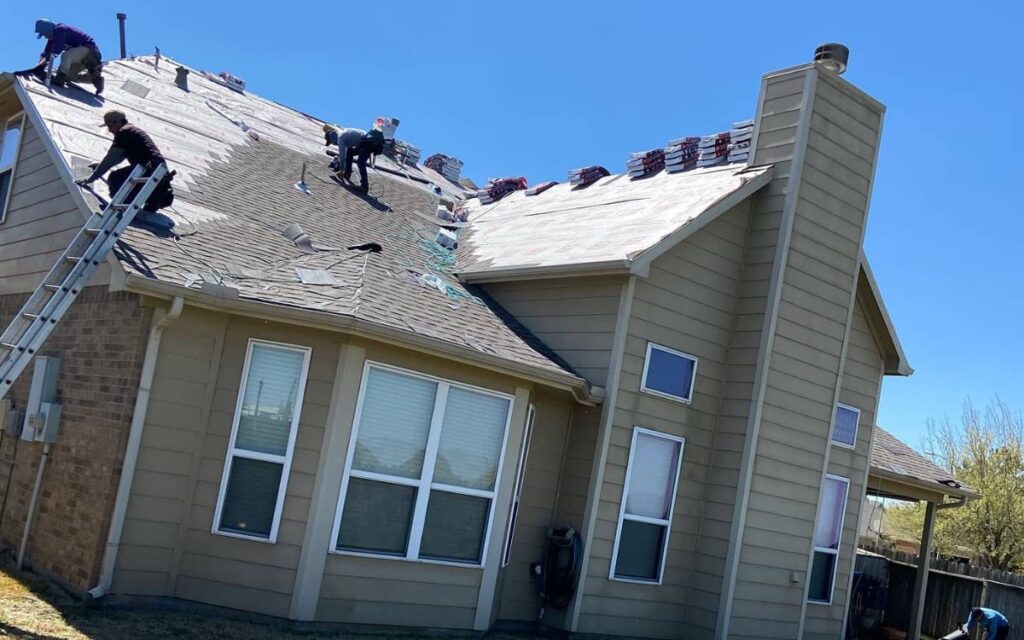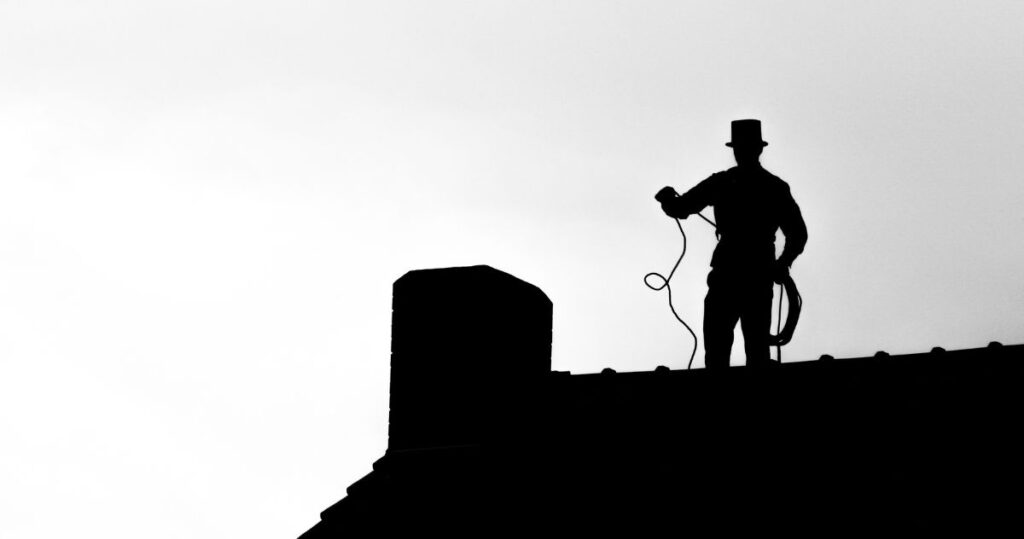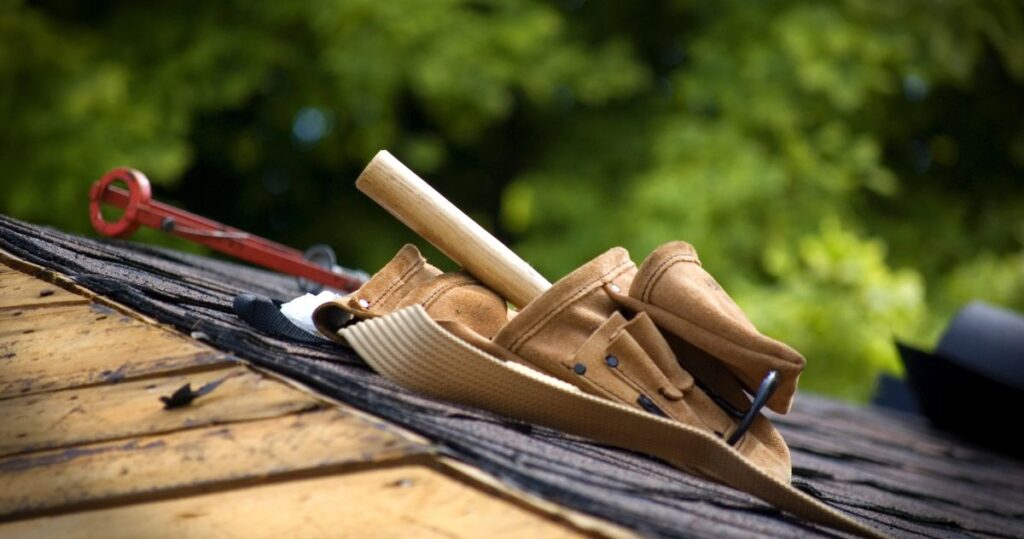When it comes to selecting the right roofing material for your home, there are numerous options to consider. Among these, asphalt shingles stand out due to their popularity, affordability, and versatility. However, it’s essential to compare asphalt shingles installation with other roofing materials to make an informed decision that best suits your needs, budget, and aesthetic preferences.
Page Contents
Overview of Asphalt Shingles
Asphalt shingles are the most commonly used roofing material in the United States, largely due to their cost-effectiveness and ease of installation. They are composed of a fiberglass or organic base, coated with asphalt and mineral granules. These shingles come in a variety of styles, colors, and textures, allowing homeowners to achieve different looks.

Advantages of Asphalt Shingles
- Affordability: Asphalt shingles are one of the most budget-friendly roofing options available. Their lower cost makes them an attractive choice for many homeowners.
- Ease of Installation: Asphalt shingles installation is relatively straightforward, often completed in just a few days. This reduces labor costs and minimizes disruption to your daily life.
- Variety: With numerous styles and colors, asphalt shingles can mimic the appearance of more expensive materials like slate or wood shakes.
- Durability: Modern asphalt shingles are designed to withstand harsh weather conditions, including heavy rain, snow, and wind. They typically last 20-30 years with proper maintenance.
Disadvantages of Asphalt Shingles
- Lifespan: Although durable, asphalt shingles generally have a shorter lifespan compared to some other roofing materials.
- Environmental Impact: Asphalt shingles are not the most eco-friendly option, as they are petroleum-based and not easily recyclable.
- Maintenance: While they require minimal maintenance, damaged shingles need to be replaced promptly to avoid leaks and other issues.
Comparison with Other Roofing Materials
Metal Roofing
Metal roofing is becoming increasingly popular due to its durability and energy efficiency. Made from materials like steel, aluminum, or copper, metal roofs can last 40-70 years and are highly resistant to weather elements.
Advantages:
- Longevity: Metal roofs have a significantly longer lifespan than asphalt shingles.
- Energy Efficiency: Reflective metal roofing can reduce cooling costs by reflecting sunlight, making homes more energy-efficient.
- Durability: Metal roofs withstand extreme weather conditions, including high winds and hail.
Disadvantages:
- Cost: The initial cost of metal roofing is higher than asphalt shingles, making it a larger upfront investment.
- Noise: Without proper insulation, metal roofs can be noisier during rain or hailstorms.
- Aesthetics: While metal roofs come in various styles, some homeowners may prefer the traditional look of asphalt shingles.

Tile Roofing
Tile roofing, including clay and concrete tiles, is known for its classic appearance and exceptional durability. These roofs can last 50-100 years and are common in Mediterranean and Spanish-style homes.
Advantages:
- Longevity: Tile roofs are incredibly long-lasting, often outlasting the building itself.
- Fire Resistance: Tiles are non-combustible, offering excellent fire protection.
- Aesthetic Appeal: Tile roofs provide a distinctive, upscale look that can enhance curb appeal.
Disadvantages:
- Weight: Tile roofs are heavy and may require additional structural support, increasing installation costs.
- Cost: Both the materials and installation of tile roofs are more expensive than asphalt shingles.
- Fragility: Tiles can be brittle and may break if walked on or subjected to impact.
Wood Shingles and Shakes
Wood shingles and shakes offer a natural, rustic look and are often made from cedar, redwood, or pine. While beautiful, they come with specific challenges.
Advantages:
- Aesthetics: Wood shingles provide a warm, natural appearance that blends well with certain architectural styles.
- Insulation: Wood offers natural insulation properties, helping to regulate indoor temperatures.
Disadvantages:
- Maintenance: Wood roofing requires regular maintenance to prevent rot, mold, and insect infestation.
- Fire Risk: Unless treated, wood shingles are more susceptible to fire, posing a higher risk in fire-prone areas.
- Cost: Wood roofing is more expensive than asphalt shingles, both in terms of initial installation and ongoing maintenance.

Slate Roofing
Slate roofing is one of the most durable and aesthetically pleasing options available. Made from natural stone, slate roofs can last over 100 years.
Advantages:
- Durability: Slate is extremely durable, resistant to fire, mold, and rot.
- Aesthetic Appeal: Slate roofs offer a timeless, elegant appearance that can significantly enhance a home’s value.
- Low Maintenance: Slate requires minimal maintenance compared to other materials.
Disadvantages:
- Cost: Slate is one of the most expensive roofing materials, with high costs for both materials and installation.
- Weight: Like tile, slate is very heavy and may need additional structural support.
- Fragility: Slate can be brittle and may break if not handled carefully during installation or maintenance.
Conclusion
When choosing the right roofing material for your home, it’s crucial to consider factors such as cost, durability, aesthetics, and maintenance requirements. Asphalt shingles installation offers a balance of affordability, ease of installation, and variety, making it an excellent choice for many homeowners. However, depending on your specific needs and preferences, other materials like metal, tile, wood, or slate might be more suitable. By weighing the pros and cons of each option with the guidance of a reliable roofing company, you can make a well-informed decision that ensures the longevity and beauty of your roof.

